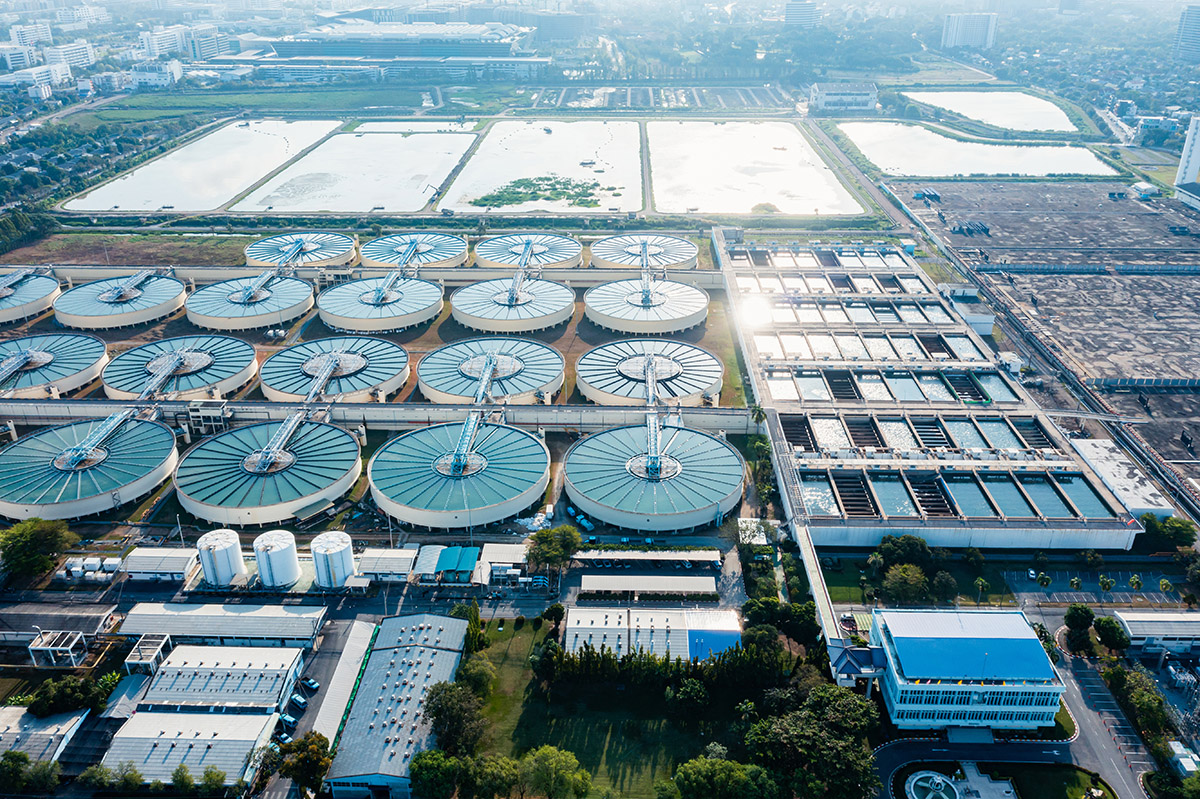Glass bannisters are panels that are used as barriers or fencings. In many instances they come with supporting poles which are called balusters. Glass balustrades are commonly found in places such as decking areas,staircases,patios and porches. Balustrades can be made from multiple different materials including chrome,stainless steel and wood,but glass has become really well-liked over more recent years. Although balustrades are used as security barriers,they can also add a great deal of style and elegance to your space,whether you’re installing them indoors or outdoors. Let’s take a look at some of the most regularly asked queries about glass balustrades right now. -
Reasons to install glass balustrades?
There are numerous advantages connected to investing in glass balustrades for your residence. When glass balustrades are fitted correctly,they can look superb. Glass balustrades can give your room an elegant feel and give you an uninterrupted view of your room or your garden. Yet another advantage of choosing glass is that it reflects light so well and as a result makes your surroundings appear more stunning. Glass balustrades are used to bring more natural light into the home,while their transparent borders can give off the illusion of extra room. They are also wonderful for decking and pool areas,giving you a beneficial safety barrier without spoiling your view.
Precisely how high does a glass balustrade need to be?
The smallest height for a glass balustrade that’s put up indoors is commonly about 0.9 m. But,if you are setting up a glass balustrade outside,the minimum will commonly be around 1.1 m.
Do you really need a handrail on a glass balustrade?
Lots of individuals have found themselves asking if a handrail is needed on a glass balustrade. You do not need to have a handrail on a glass balustrade even if the glass is totally frameless. -
What is the maximum width for a glass balustrade?
The majority of suppliers supply glass balustrades that are up to 1.2 metres in width,but about 1.0 tends to be the most preferred width. Nevertheless,it may be feasible to have wider glass panels made for you if you need them. As you would expect,you will typically need to pay more to have wider glass panels specially made for you.
How far can a glass railing span?
It’s advised that the total span really should not exceed 2100mm for 10mm toughened and 2400mm for 12mm toughened.
A different reason so many people are investing in glass balustrades is their versatility. These balustrades can come entirely framed,partially framed or with no frames at all. There are many different glass tone and styles available to you,and these consist of curved,frosted,patterns,textured and tempered. You can mount glass balustrades with or without a handrail,and they can be fixed with posts or a channel. No matter what the style of your home is,it’s very likely that glass balustrades will really help you enhance it. What’s more is that glass balustrades can help you add market value to your home whilst making it a better place to stay. Glass balustrades are showing no indications of declining in appeal. -
